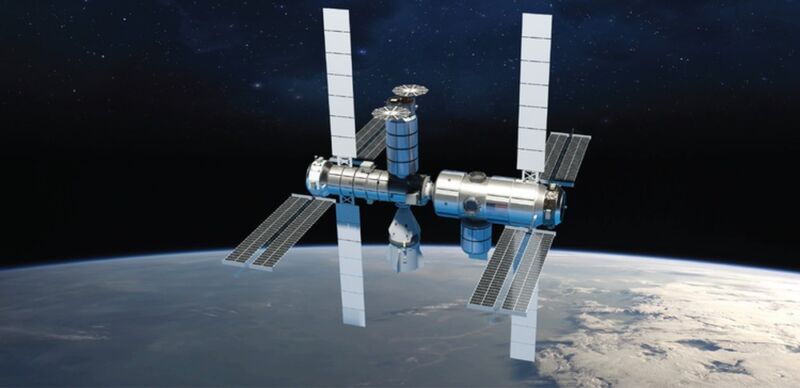Approximately two years ago, NASA placed its bets on four companies – Blue Origin, Nanoracks, Northrop Grumman, and Axiom Space – to develop commercial space stations. However, the landscape in this field is currently undergoing significant changes.
During the International Astronautical Congress meeting in Azerbaijan, there is widespread speculation that Northrop Grumman, one of the four companies, is withdrawing from the competition. Initially, Northrop Grumman intended to utilize its successful Cygnus spacecraft design to create a free-flying space station, but this plan has been abandoned. Instead, Northrop Grumman will join forces with Voyager Space, which is collaborating with Airbus in Europe to develop a commercial space station. Northrop Grumman is likely to offer cargo transportation services, including the use of Cygnus. Voyager and Northrop Grumman representatives have not commented on this strategic shift, which may be officially announced soon.
Other changes are also looming in the commercial space station program. Blue Origin, known for proposing an ambitious station concept called ‘Orbital Reef,’ is reconsidering its plans. Sources suggest that Blue Origin’s founder, Jeff Bezos, is less interested in a low-Earth orbit space station and is more focused on the company’s lunar lander and other Moon-related projects.
Recent reports have indicated that Blue Origin and its primary partner for Orbital Reef, Sierra Space, are reevaluating their partnership, which appears to be experiencing difficulties. It remains uncertain whether the companies will pursue individual space station projects independently.
These developments are crucial for NASA, as the agency intends to continue operating the International Space Station with its partners until 2030, after which it plans to lease time on commercial space stations. NASA has invested over half a billion dollars in development grants for these four companies, with three of them working on free-flying stations and Axiom planning to build modules initially connected to the space station, eventually forming an independent space station. In the next year or two, NASA plans to allocate more funding as the commercial space station projects progress to hardware construction and testing.

However, the commercial space station program has faced challenges. The funding provided by NASA has been limited, and congressional funding has been slow to materialize. Each participating company has encountered its own set of questions and hurdles.
Despite the potential departure of one or two initial competitors, the evolution of the commercial space station program suggests that it may not be on the brink of failure. Axiom Space and Voyager Space are committed to their plans of developing commercial stations as a core part of their business strategies.
Additionally, new entrants like Vast Space, a well-funded startup, have expressed interest in private space stations and may launch their first habitation module as early as 2025. SpaceX has also mentioned the possibility of using its massive Starship vehicle as a commercial space station for customizable missions.
For NASA, the challenge lies in identifying which companies possess the right combination of funding, motivation, and capability to deploy a commercial habitat in space by the end of the 2020s. The agency must act decisively, providing adequate funding and support to help its partners navigate the complexities of building, testing, and operating human-rated hardware in orbit.